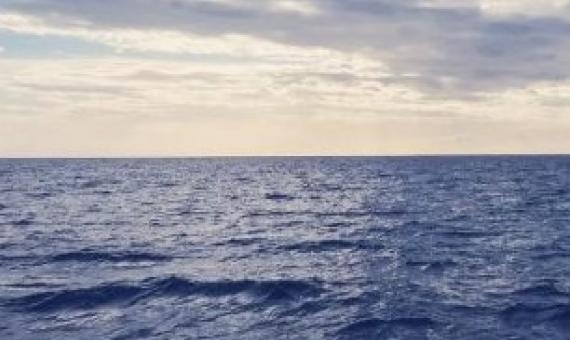Marine protected areas (MPAs) now cover 8% of the world’s oceans and calls for an expansion to 30% by 2030 are laudable. It’s good news for efforts to conserve natural ecosystems and to ensure the sustainable use of our marine resources.
This survey is gathering MPA practitioners’ questions on three of the biggest challenges facing the field: effectiveness, financing, and climate change and is the first part of a project by OCTO, UNEP, the University of Queensland, and partners to build practical, evidence-based, ‘
Evaluating the social and ecological effectiveness of partially protected marine areas
Marine protected areas (MPAs) are a primary tool for the stewardship, conservation, and restoration of marine ecosystems, yet 69% of global MPAs are only partially protected (i.e., are open to some form of fishing). Although fully protected areas have well-documented outcomes, including increased fish diversity and biomass, the effectiveness of partially protected areas is contested.
Essential indicators for measuring site-based conservation effectiveness in the post-2020 global biodiversity framework
Work on the post-2020 global biodiversity framework is now well advanced andwill outline a vision, goals, and targets for the next decade of biodiversity conser-vation and beyond. For the effectiveness of Protected areas and Other Effectivearea-based Conservation Measures, an indicator has been proposed for “areasmeeting their documented ecological objectives.” However, the Convention onBiological Diversity (CBD) has not identified or agreed on what data shouldinform this indicator.
The METT is the most widely used protected area management effectiveness assessment system globally. METT-4 (the fourth edition of the METT and the first revision since 2007) draws together the lessons learned from applying the tool around the world, includes new and emerging management
Area-based conservation in the twenty-first century
Humanity will soon define a new era for nature—one that seeks to transform decades of underwhelming responses to the global biodiversity crisis. Area-based conservation efforts, which include both protected areas and other effective area-based conservation measures, are likely to extend and diversify. However, persistent shortfalls in ecological representation and management effectiveness diminish the potential role of area-based conservation in stemming biodiversity loss.
Scientists have conducted a new global review of protected areas, finding that to be more effective, area-based conservation efforts need to be better funded, climate smart, and equitably managed. The new research published today in Nature identifies the actions needed fro
Evaluating the effectiveness of a large multi-use MPA in protecting Key Biodiversity Areas for marine predators
Marine protected areas can serve to regulate harvesting and conserve biodiversity. Within large multi-use MPAs, it is often unclear to what degree critical sites of biodiversity are afforded protection against commercial activities. Addressing this issue is a prerequisite if we are to appropriately assess sites against conservation targets. We evaluated whether the management regime of a large MPA conserved sites (Key Biodiversity Areas, KBAs) supporting the global persistence of top marine predators.
IMET - Integrated Management Effectiveness Tool
IMET (the Integrated Management Effectiveness Tool) was developed in the context of the BIOPAMA (Biodiversity and Protected Areas Management) programme to contribute to improving protected area management effectiveness and meeting conservation targets. This tool concerns the planning, monitoring and evaluation of protected areas and it directly support managers on the field and at national agencies level. IMET version 2.2 was released on 25 June 2021, with many new features. The latest version (2.10.6) is now available.
Assessment of management effectiveness for PNG's protected areas 2017
This is the final report prepared by the Secretariat of the Pacific Regional Environment Programme (SPREP) for submission to the United Nations Development Programme (UNDP) and the Papua New Guinea Conservation and Environment Protection Authority (CEPA) in relation to the 2016–17 assessment of the management effectiveness of Papua New Guinea’s protected areas.










